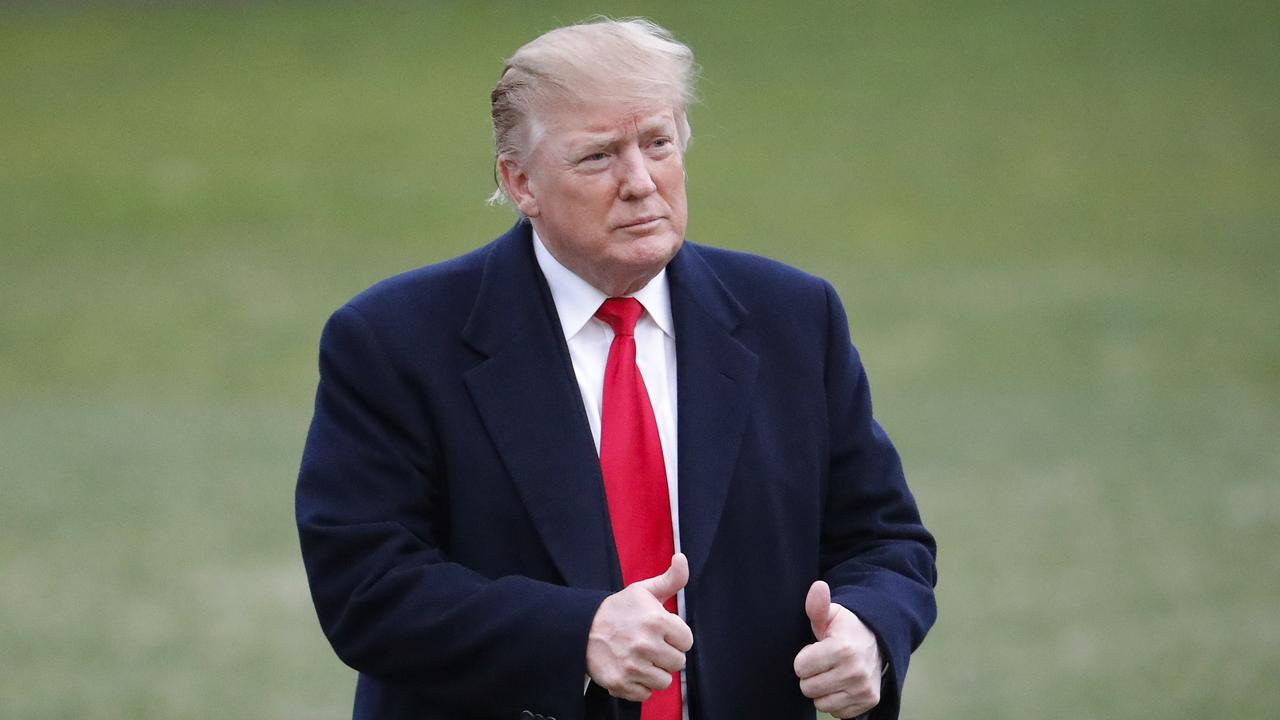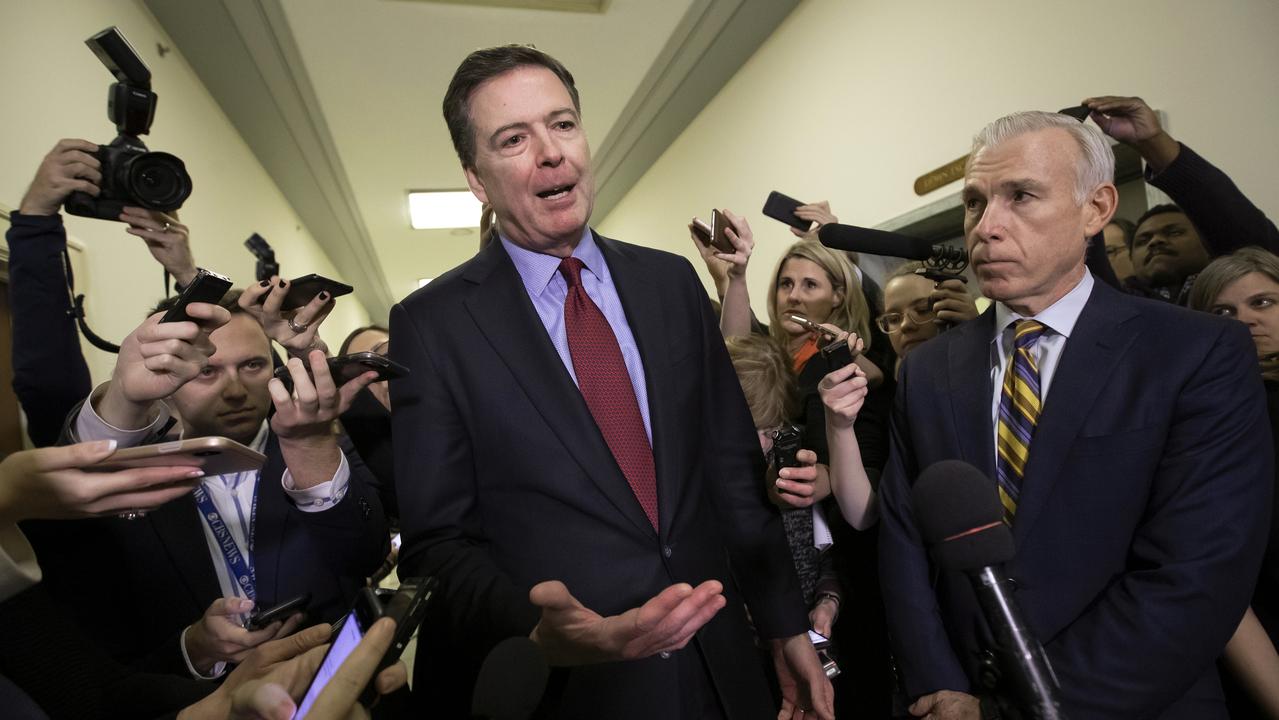A billionaire and a diamond in the rough
Whyalla has already given Sanjeev Gupta the keys to the city. It might need to give him a crown.
British billionaire Sanjeev Gupta’s plans for Whyalla have revived hope in a struggling South Australian city that Tony Abbott once predicted would be “wiped off the map” because of Labor’s carbon tax.
A forlorn acceptance of its imminent demise had pervaded the Spencer Gulf city, 380km north of Adelaide, even before Arrium, the former steelworks operator, went into administration in April 2016.
Deep in debt, badly managed and hampered by unfavourable international economic conditions, Arrium could not turn a profit.
House prices bottomed out in a market devoid of buyers, businesses were closing at a rapid rate and worried steelworkers were looking for greener pastures.
Welcomed as a saviour, Gupta was given the keys to Whyalla for his $700 million purchase of Arrium last year.
A crown could be in order if half of Gupta’s plans for the region become reality.
“I’m quite used to looking for diamonds in the rough, but here (Whyalla) I really truly did find a diamond,” Gupta said on Monday when he revealed plans to build one of the world’s largest steel plants in Whyalla.
At the same event, Gupta signed contracts worth $600m for the upgrade of the existing steelworks. A further $700m worth of upgrades will be announced early next year.
There are also plans for one gigawatt of renewable energy projects, including a lithium-ion battery bigger than Elon Musk’s, expanding Whyalla’s port and opening it up to third parties, and establishing a business-friendly banking network.
That vision has boosted confidence for others to invest in Whyalla. Whyalla City Council chief Chris Cowley announced plans for a $45m, four-star hotel on the city’s foreshore, to be developed by the Pelligra Group; a $145m, 176ha solar-powered horticulture facility overseen by Chinese state-owned Beijing Enterprises Clean Energy; and a $6m organic recycling business by local firm Peats Soil & Garden Supplies.
In August, the Marshall government committed $100m for a new Whyalla secondary school. To be operational by 2022, it will replace three ageing campuses.
The local council has suggested Gupta’s expansion plans, combined with other investment, could boost Whyalla’s population from 22,000 to 80,000 across the next two decades. The city’s previous peak population was about 35,000 in the mid-1970s.
“With the increase in business, the increase in opportunities for new organisations or businesses coming here, that brings people, and people bring people,” Chamber of Commerce president Ron Hay says. “Whyalla went through a very tough path from 2016 to the end of 2017, and now we’re coming through a very different path — they say the light at the end of the tunnel fortunately is not a train coming the other way but a new direction for this community.”
Gupta has promised that foreign labour will be kept to a minimum during the steelworks’ expansion.
It is estimated that up to 1500 new jobs will be created during the initial three-year upgrade, which involves the design and construction of a rolling mill specialising in rail and other structural steel products, as well as a pulverised coal injection plant.
Up to 200 new ongoing jobs would then be created, in addition to GFG’s existing Whyalla workforce of 2500.
“No one in Australia builds these plants, so parts of the build will require their own workers,” a spokesman says.




To join the conversation, please log in. Don't have an account? Register
Join the conversation, you are commenting as Logout